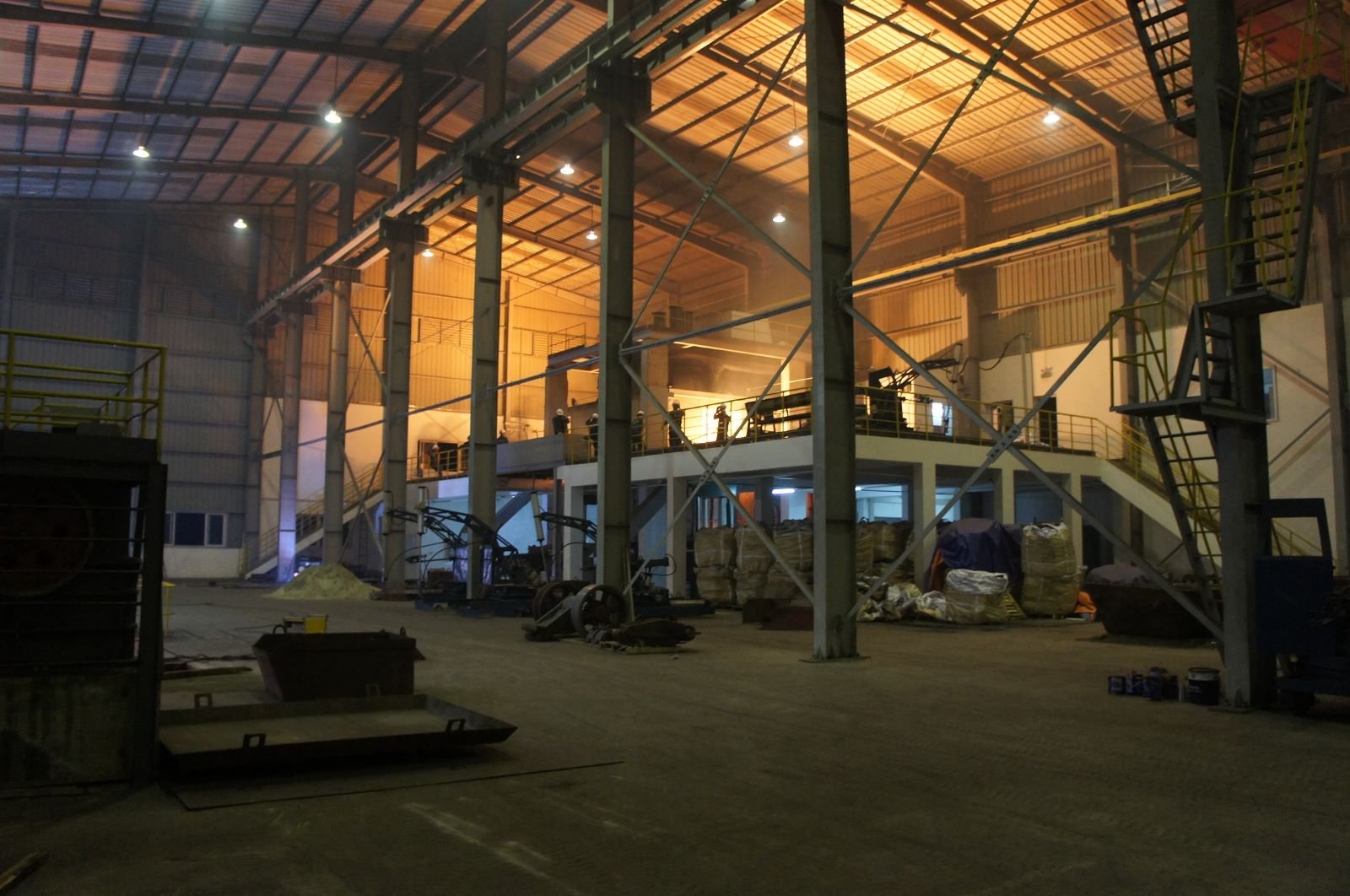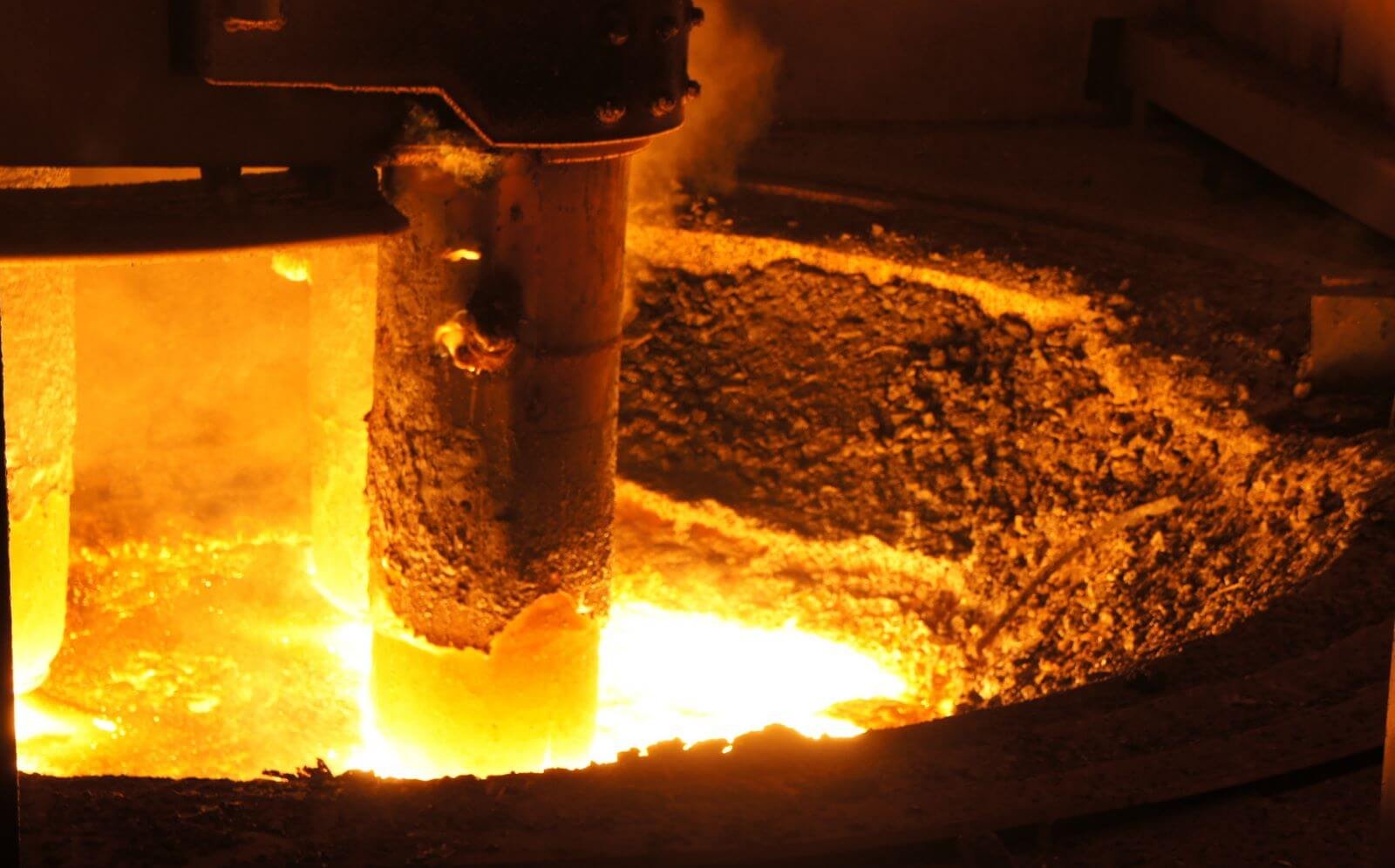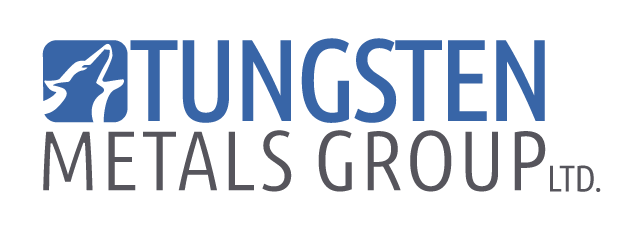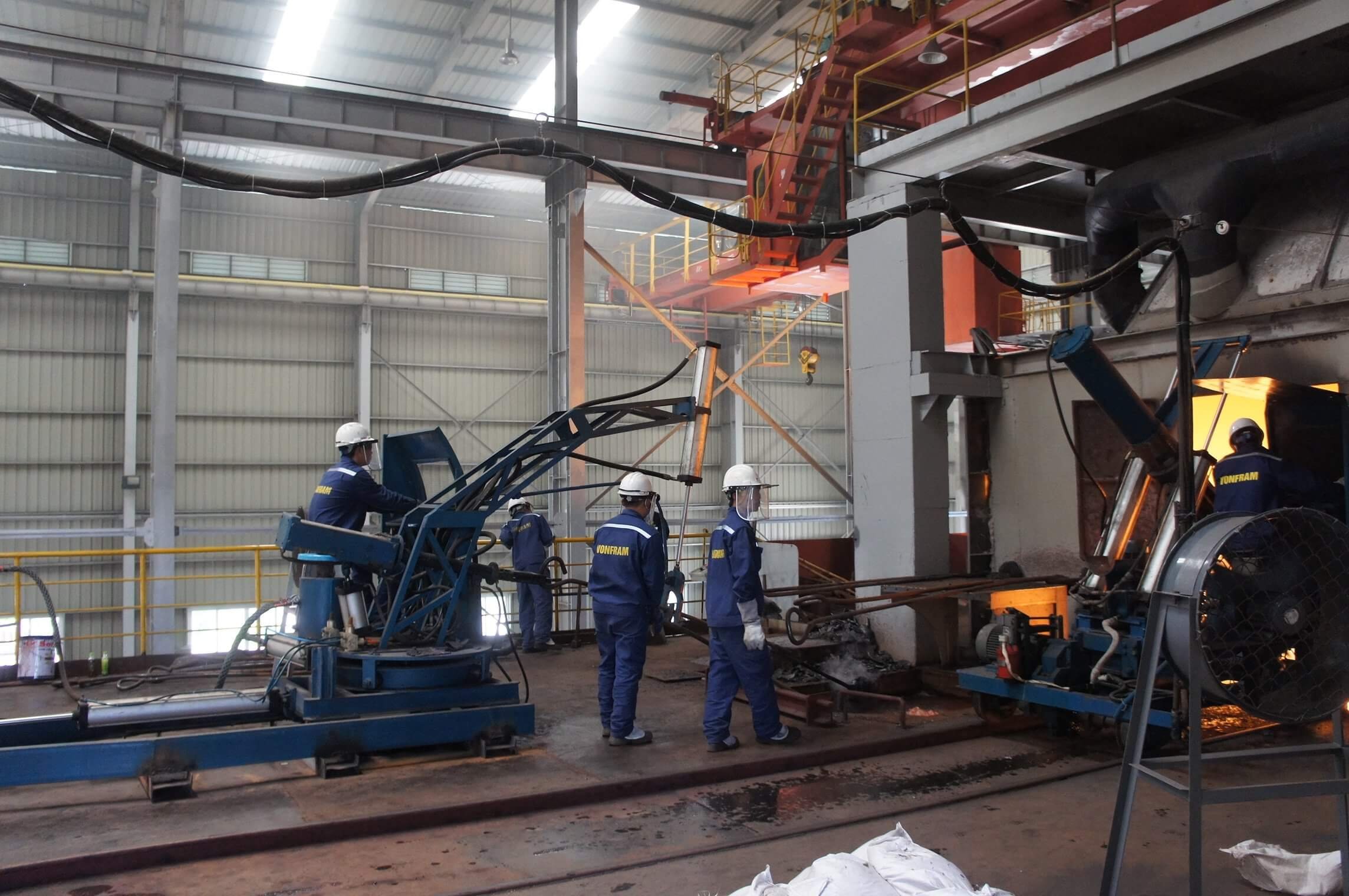
Critical Minerals
Home > Critical Minerals
What are Critical Minerals?
Tungsten is recognised as a critical mineral by the US , Eu, Australia and Japan.*
These minerals play a pivotal role in driving the economy. This is partially due to helping advance low-emission technologies and safeguarding national security. These minerals are of paramount strategic importance due to their supply chain fragility.
The definition of the term has evolved to align with the changing needs of modern society. In ancient times, it referred to basic resources like salt and iron. Today, it encompasses rare metals and minerals such as lithium, tungsten, and cobalt. These are instrumental in powering today's digitalized society and many industries' high-tech capabilities.
***
J Burton, U.S. Geological Survey Releases 2022 List of Critical Minerals, United States Geological Survey (USGS), U.S. Department of the Interior, Federal Government of the United States, 2022, accessed 3 March 2022 ↵
Joint Research Centre, The Fourth List of Critical Raw Materials for the EU, European Commission, 2020, accessed 3 March 2022 ↵
J Nakano, Translation of a Ministry of Economy, Trade and Industry (METI) publication as presented in The Geopolitics of Critical Minerals Supply Chains, Centre for Strategic & International Studies (CSIS), 2021, p 22, accessed 3 March 2022
Australia’s Critical Minerals List and Strategic Materials List, Department of Industry, Science and Resources, Australian Government, 2023, accessed 31 July, 2024
Key Uses:
Battery and Electric Vehicle (EV) Components:
These minerals are indispensable for manufacturing batteries and electric vehicle (EV) components. They help facilitate the transition towards sustainable and eco-friendly transportation solutions.
New Critical Minerals Strategy to shape Australia’s clean energy future, Department of Industry, Science and Resources, Australian Government, 2023.
Rare Earth Permanent Magnets:
Key minerals enable the creation of powerful and compact rare earth permanent magnets. These magnets are vital in various industries. These include renewable energy, electronics, and medical devices.
The Role of Critical Minerals in Clean Energy Transitions, International Energy Agency, 2021.
Defence and Aerospace Technologies:
These Minerals are indispensable for the development of cutting-edge defence and aerospace technologies. They enhance the capabilities of military equipment and aerospace systems, bolstering national security.
C. Vernon, k. Lawson, Powering The Future: Critical Minerals Explained, CSIRO, 2022.
Hydrogen Production Catalysts:
Hydrogen is a clean and renewable energy source that relies on these highly sought-after minerals. They function as efficient production catalysts, helping to reduce greenhouse gas emissions.
The Role of Critical Minerals in Clean Energy Transitions, International Energy Agency, 2021.
Semiconductors for
Microchips and Solar Photovoltaics:
The semiconductor industry heavily depends on such minerals to produce microchips. Additionally, solar photovoltaics (PV) harness renewable energy through the utilsation of these minerals.
The Role of Critical Minerals in Clean Energy Transitions, International Energy Agency, 2021.


Critical Minerals List
Today, many key minerals are metals that are central to high-tech sectors. They include rare earth elements and other metals such as lithium, indium, tellurium, gallium, and platinum. The United States revises this list every three years. The most recent final list is that of 2022 published by the US Geological Survey.
Under the US Geological Survey’s 2022 List, there are 50 minerals deemed ‘critical’:
Aluminium
Antimony
Arsenic
Barite
Beryllium
Bismuth
Cerium
Cesium
Chromium
Cobalt
Dysprosium
Erbium
Europium
Fluorspar
Gadolinium
Gallium
Germanium
Graphite
Hafnium
Holmium
Indium
Iridium
Lanthanum
Lithium
Lutetium
Magnesium
Manganese
Neodymium
Nickel
Niobium
Palladium
Platinum
Praseodymium
Rhodium
Rubidium
Ruthenium
Samarium
Scandium
Tantalum
Tellurium
Terbium
Thulium
Tin
Titanium
Tungsten
Vanadium
Ytterbium
Yttrium
Zinc
Zirconium
Tungsten Sources
Wolframite
Wolframite or iron manganese tungsten oxide (Fe,Mn)WO₄ is a primary tungsten ore. This critical metal ore contains 76.5% tungsten oxide. It's typically found around tin and granite deposits within quartz veins in many locations. The mineral wolframite is highly valued as the main source of tungsten. The largest wolframite reserves are found in China. These reserves make up over half the global supply of this critical mineral ore.
Scheelite
Scheelite or calcium tungstate CaWO₄ is a primary tungsten ore. This critical metal ore contains 80.6% tungsten oxide. Scheelite is mined all around the world with large reserves found in Brazil and China. This ore was originally given the name tungsten by the Swedes translating to “heavy stone” before the name was coopted as a term to describe the metal. Meanwhile, the mineral was renamed scheelerz or scheelite.
Recycled Tungsten
Tungsten scrap is regarded as a very valuable critical metal resource. This is due to the high tungsten content of scrap material compared with primary ore sources. Recycled tungsten makes up a valued percentage of the tungsten destined for use in high-speed and temperature steels. Recycled scrap tungsten is also fairly simple to process. This is by very similar chemical processes to those which isolate tungsten when processing ores.
Our Critical Minerals Commitment to Sustainability
A well-thought-out sustainable Minerals Strategy is crucial for an ethical and reliable supply. Our sustainable Strategy is focused on supporting responsible mining and recycling initiatives. This helps mitigate tungsten supply chain vulnerabilities for our clients across the world.
At Tungsten Metals Group, we are tungsten specialists with the largest output capabilities of ferrotungsten outside China. Our ferrotungsten is manufactured for a variety of different uses across many industries.
Tungsten like other key minerals is an indispensably rare metal. It's used in a variety of applications from circuit boards, nuclear reactors, light sources, mobile phones, batteries, electric vehicles, and consumer goods. Tungsten is also key in the manufacturing of defense and aerospace systems.
Together, we can pave the way for a sustainable and technologically advanced future. This can be achieved by understanding, and responsibly harnessing the potential of these minerals. Empowering businesses, governments, and individuals to make informed decisions and embrace sustainable practices.
For further inquiries to learn more about our Minerals Policy or collaboration opportunities, feel free to contact us.
Our Ferrotungsten facility (Asia Tungsten Products Vietnam Ltd.) has been recognised by the Responsible Minerals Initiative (“RMI”) as conformant to the Responsible Assurance Process (“RMAP-conformant”). Adhering to their strict guidelines for members, our Ferrotungsten facility undergoes routine annual auditing to maintain compliance with the Responsible Minerals Assurance Process Standard for Tungsten.


FAQs
-
These minerals are vital resources that play a significant role in the economy. They are also key in the manufacturing of low-emission technologies, and national security. These essential minerals are considered critical due to their potential supply chain fragility. As we rely on advanced technologies and green initiatives more and more, the demand for these minerals continues to grow.
Critical Minerals at Geoscience Australia, Geoscience Australia, Australian Government, 2024.
-
Minerals deemed ‘critical’ and ‘strategic minerals’ are often used interchangeably. However, there is a subtle distinction. Strategic minerals hold additional significance in the context of national security and defense applications.
Critical and Strategic Minerals: Importance to the U.S. Economy, Society for Mining, Metallurgy and Exploration.
-
Critical minerals refer to a group of naturally occurring substances. These substances are essential for various industrial, technological, and economic applications. These can include both metallic and non-metallic elements, such as lithium, cobalt, graphite, and tungsten. Critical Metals refer to metallic elements deemed essential for specific industry applications.
What Are Critical Materials and Critical Minerals?, U.S. Energy Department.
Critical Minerals, Resources Victoria.
C. Vernon, k. Lawson, Powering The Future: Critical Minerals Explained, CSIRO, 2022.
-
Critical minerals are instrumental in the production of sustainable technologies. These include electric vehicles (EVs), renewable energy systems, and energy-efficient electronics. Embracing these metals facilitates a transition towards a greener and more eco-friendly future.
The Role of Critical Minerals in Clean Energy Transitions, International Energy Agency, 2021.
-
The list displayed above is sourced from the latest US Geological Survey 2022. The list is updated every 3 years with a number of minerals updated based on the changing needs of society.
-
Companies can develop a comprehensive Minerals Strategy. This would include diversifying suppliers, exploring new sources, and collaborating with industry partners. Such a strategy would ensure a stable and reliable supply. We aim to diversify ferrotungsten supply chains globally amidst growing supply uncertainty. This uncertainty is characterised by Chinese industry dominance and geopolitical tensions expected to continue rising.
-
Tungsten extraction requires responsible and sustainable tungsten mining practices to minimize environmental impact. We prioritise ethical, eco-friendly reclamation and recycling initiatives to reduce our ecological footprint.
-
Yes, we do. You can find this document in the above section of this page.
-
No, we focus exclusively on tungsten production.
-
Many of critical minerals are central to low-emission technologies like electric vehicles and renewable energy systems. By enabling clean energy and energy-efficient products, these resources play a pivotal role in reducing carbon footprints and fostering a sustainable future.
The Role of Critical Minerals in Clean Energy Transitions, International Energy Agency, 2021.











